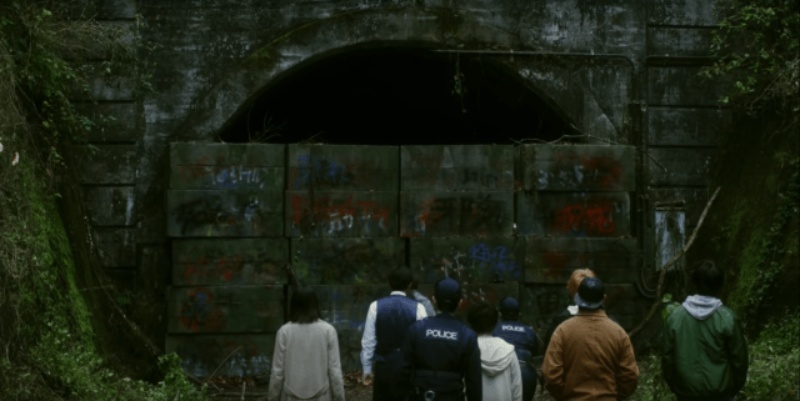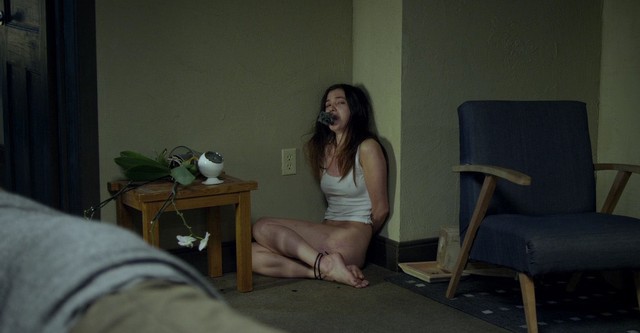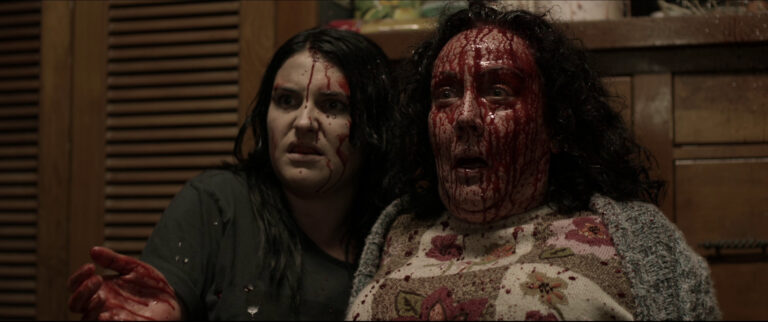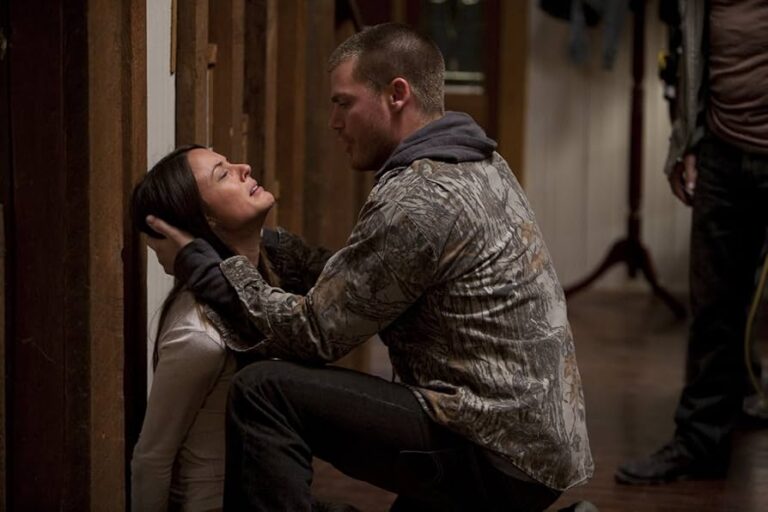Review: Howling Village (2019)
Before diving into the main review, director Takashi Shimizu is best known for his famous early-2000s horror franchise, Ju-on, which impressively spanned 14 installments without significant drops in quality (excluding the latest release).
I’m such a fan of Ju-on that I even used Kayako Saeki—the terrifying ghost—as my nickname. Although Kayako was visually disturbing, the way Takashi Shimizu scared audiences was unique: direct and upfront, no cheap jump-scares, just outright terror.
Shimizu’s ability to tap into the viewer’s psyche made Ju-on successful both in Japan and internationally under the title The Grudge (the original version, not the 2020 remake). I thoroughly watched all installments, even the weaker ones, due to this appreciation.
Now, let’s get into Howling Village (2019).
Plot Summary
The story follows Yuma Morita (Ryota Bando) and Akina Nishida (Rinka Otani), a young couple who explore a haunted tunnel leading to the mysterious Howling Village. Upon arrival, Akina encounters terrifying spirits that drive her to madness and eventually death.
Kanae Morita (Ayaka Miyoshi), a psychologist, becomes involved when her brother Yuma’s girlfriend, Akina, starts behaving erratically. Kanae also treats a young adopted boy whose mother died at the hospital; the child frequently claims his mother’s spirit is nearby, deeply unsettling Kanae.
After Akina’s tragic end, Yuma and their younger brother Kota (Hinata Kaizu) vanish while exploring the haunted tunnel further. Kanae investigates, discovering dark family secrets linked to the cursed village submerged beneath a lake due to a controversial power plant project.
Kanae ultimately confronts terrifying supernatural phenomena, uncovering that her mother, Ayano, and grandmother Yuko descended from villagers persecuted in the past. This lineage explains her family’s “cursed blood.” Kanae bravely ventures back into Howling Village to rescue Kota and Yuma but only manages to save Kota and the spirit of her grandmother Yuko, breaking the family’s tragic cycle.
Discussion & Analysis
The film’s premise is intriguing, although certain aspects, notably the climax where the antagonist transforms into a dog-like creature, disappointingly lack impact. Unlike Shimizu’s terrifying Kayako from Ju-on, this scene feels awkward and unconvincing, undermined by Kanae’s inexplicably passive reaction.
The film employs psychological horror rather than intense scares, creating a consistently gloomy atmosphere. Some might criticize the lack of urgency, but it appears deliberate, emphasizing unsettling mood over immediate thrills. Shimizu attempts to recapture Ju-on’s essence but never fully succeeds due to the broader setting, which dilutes the concentrated tension characteristic of Ju-on.
The night-time scenes, however, successfully evoke genuine dread, which is commendable considering many horror films struggle to create fear in daylight. A notable jump-scare—Akina’s repeated falling scene—stands out amidst this subtle, atmospheric tension.
Moreover, the film carries a clear moral message about the cruelty inflicted on animals and the greed driving human atrocities. Though predictable to seasoned horror fans, its underlying themes about discrimination and ancestral guilt add valuable depth. Unfortunately, some narrative choices, such as the ambiguous nursery rhyme about dogs, are less effective and somewhat confusing.
The film’s use of a narrative loop is ambitious yet divisive, generating confusion among viewers. Certain unexplained elements, particularly the mysterious woman in the hospital, leave frustrating gaps in the storyline.
Soundtrack and Audio
Sound design and music are standout elements, complementing the film’s tone exceptionally well. The soundtrack subtly enhances scenes without resorting to overly dramatic or intrusive sound effects.
Acting Performances
While performances overall are strong, Ayaka Miyoshi’s portrayal of Kanae feels stiff, especially in critical moments of horror. Her reactions often seem muted, diminishing the intended impact. However, the supporting cast delivers convincingly, elevating the film’s credibility.
Final Thoughts
Overall, Howling Village is a decent horror film, not exceptional but effective in its atmospheric presentation and moral narrative. Despite low IMDb ratings, it offers sufficient intrigue for viewers preferring psychological dread over explicit horror.
Fans expecting something as intense as Ju-on might find it lacking in comparison, as Shimizu’s execution here feels less inspired. Released around Valentine’s Day, the film suits couples or viewers looking for lighter horror fare that emphasizes psychological unease over graphic scares.








